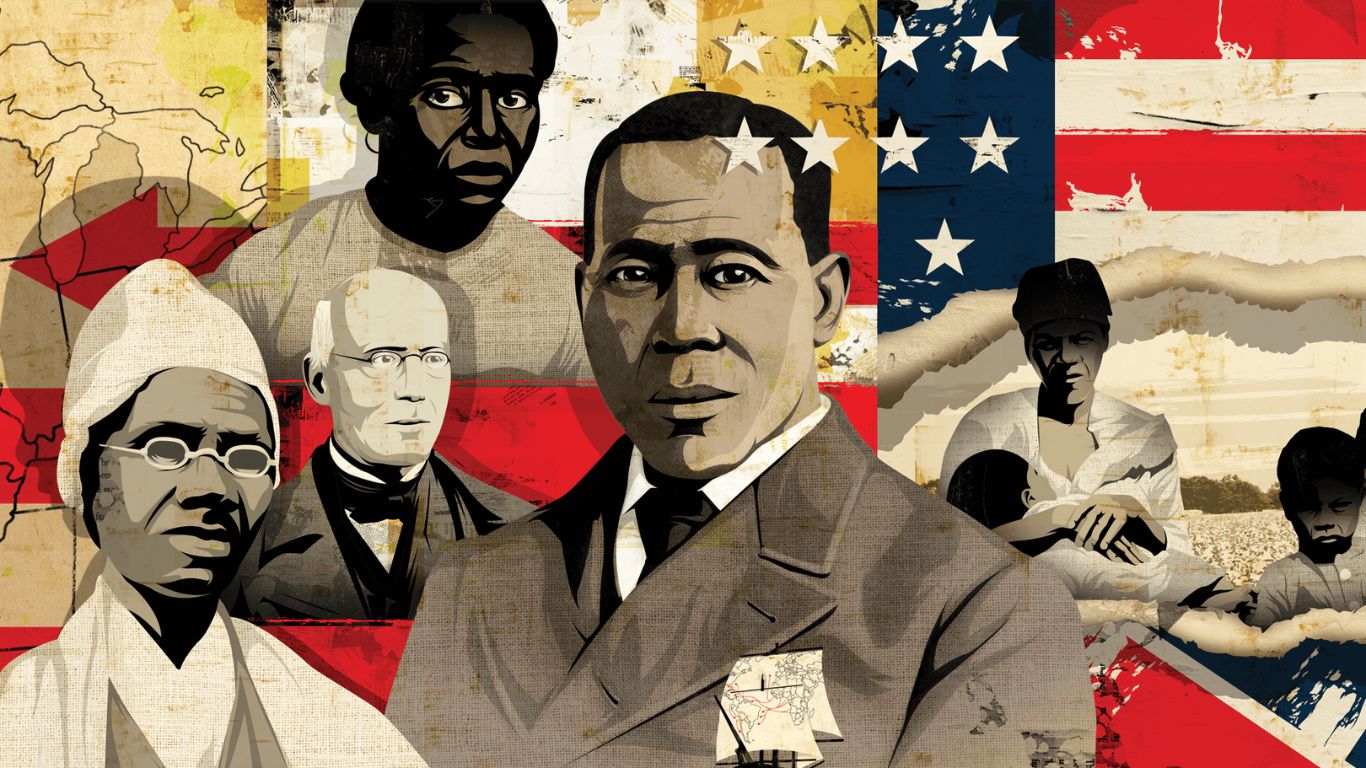Equality is a fundamental value that should be taught in schools. Students should learn about the importance of treating everyone fairly and respectfully, regardless of their gender, race, religion, sexual orientation, or other personal characteristics. By teaching equality, schools can create a more inclusive and tolerant society. In this article, we will explore 10 ways students can be taught equality in school. These methods can be implemented by teachers, administrators, and other school staff to promote a culture of equality and respect for all students.
10 Ways Students can be taught Equality in School
Promote diversity in the classroom

Promoting diversity in the classroom is a crucial step towards teaching students about equality. Teachers can create a classroom environment that celebrates diversity by incorporating materials such as books, posters, and multimedia that showcase different cultures, backgrounds, and identities. By doing so, students can gain a deeper understanding and appreciation for the unique perspectives and experiences of others. It also allows students from different backgrounds to see themselves represented in the classroom and feel valued. This approach can help to create a more inclusive learning environment where all students feel respected and supported.
Teach history accurately

Teaching history accurately is essential to ensure that students have a comprehensive understanding of past events and their impact on society. Teachers can teach history in a way that reflects all perspectives and experiences, including those of marginalized groups. By doing so, students can learn about the contributions and struggles of diverse individuals and communities, gaining a more nuanced understanding of history. Accurately teaching history can also help to challenge stereotypes and biases, fostering critical thinking and empathy in students. This approach can help to create a more inclusive and tolerant society, where all individuals are respected and valued for their unique contributions.
Encouraging critical thinking

Encouraging critical thinking is an important step towards promoting equality and social justice in schools. Teachers can encourage students to question and challenge stereotypes and biases, helping them to develop a more nuanced understanding of complex issues. By thinking critically about issues related to equality and social justice, students can analyze information from multiple perspectives, evaluate evidence, and form their own opinions. This approach fosters intellectual curiosity and promotes empathy, allowing students to understand and appreciate diverse viewpoints. Encouraging critical thinking can also help to prepare students to be informed and engaged citizens who can work towards creating a more equitable and just society.
Incorporate current events

Incorporating current events that relate to equality and social justice issues is a great way for teachers to engage students in learning about these important topics. By discussing current events, teachers can help students to understand how issues related to equality and social justice impact their lives and communities. They can also encourage students to think critically about their own beliefs and values and how they relate to these issues. This approach helps students to develop a deeper understanding of the world around them and to become more engaged and informed citizens. It also fosters empathy and promotes a culture of inclusivity, where all individuals are valued and respected regardless of their background or identity.
Genders working together

Encouraging teamwork among students of all genders is a powerful way to promote gender equality in the classroom. When students work together without being limited by gender stereotypes, they learn that everyone has something valuable to contribute, regardless of their gender. This approach helps to break down gender barriers and promotes a more inclusive learning environment, where all students can thrive. Additionally, teamwork is a valuable life skill that can help students to develop social skills, problem-solving abilities, and a sense of community. By teaching students that gender truly doesn’t matter, teachers can help to create a more equitable and just society, where everyone is treated with dignity and respect.
Create a safe and respectful classroom

Creating a safe and respectful classroom is essential for promoting equality and social justice in schools. Teachers can establish a safe and respectful classroom environment by setting clear expectations for behavior and communication, and enforcing these expectations consistently. This approach helps to create a culture of respect and inclusivity, where all students feel valued and supported. Additionally, teachers should address any incidents of bullying or discrimination immediately, making it clear that such behavior will not be tolerated. This sends a strong message that all forms of discrimination and harassment are unacceptable, and helps to ensure that students feel safe and protected in the classroom. By creating a safe and respectful learning environment, teachers can help students to develop empathy, respect, and a sense of community.
Provide opportunities for student leadership

Providing opportunities for student leadership is an effective way to promote equality and social justice in schools. By empowering students to lead discussions and initiatives related to these important issues, teachers can help them develop critical thinking, communication, and leadership skills. Additionally, student-led initiatives can bring attention to important issues and raise awareness of them throughout the school community. Teachers can provide opportunities for student leadership by creating student-led clubs or organizations focused on promoting equality and social justice, and by inviting students to lead class discussions on related topics. This approach helps to create a culture of inclusivity and encourages students to take an active role in creating positive change. By providing opportunities for student leadership, teachers can help to create a more equitable and just society, where all voices are heard and valued.
Model inclusive behavior

Modeling inclusive behavior is a powerful way for teachers to promote equality and social justice in schools. Teachers can model inclusive behavior by using inclusive language, such as avoiding gendered language and using correct pronouns for all students. They should also respect all students’ identities and backgrounds, including their cultures, religions, and sexual orientations. This approach helps to create a culture of respect and inclusivity, where all students feel valued and supported. Additionally, teachers should treat all students with fairness and respect, avoiding any forms of discrimination or bias. By modeling inclusive behavior, teachers can help to create a safe and respectful learning environment, where all students can thrive. This approach also encourages students to follow the same standards of behavior and to become more accepting and inclusive of others.
Teach empathy

Teaching empathy is essential to promoting equality and social justice in schools. Teachers can foster empathy by providing opportunities for students to explore diverse perspectives and experiences. Activities such as reading books featuring diverse characters, discussing different cultures and backgrounds, and engaging in community service projects can help students develop empathy. By seeing the world through the eyes of others, students can gain a deeper understanding of the value of diversity and the importance of treating others with kindness and respect. Teaching empathy also helps to reduce prejudice and discrimination and fosters a culture of understanding and compassion. Ultimately, teaching empathy is crucial in creating a more equitable and just society, where all individuals are valued and respected.
Collaborate with families and communities

Collaborating with families and communities is an important way for teachers to promote equality and social justice in schools. By working together, teachers, families, and community members can support initiatives that promote equity and fairness, and create a culture of inclusivity and respect. Teachers can involve families and community members in classroom activities and discussions, and provide resources and opportunities for them to engage in social justice issues. By partnering with families and communities, teachers can also help students understand the importance of working together to create positive change, and promote a sense of belonging and connectedness. This collaborative approach can help to create a more just and equitable society, where everyone is valued and respected.
Also Read: Why Education is Key to Break the Poverty Cycle in Developing Countries



